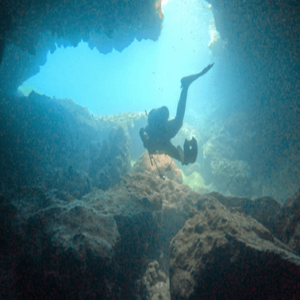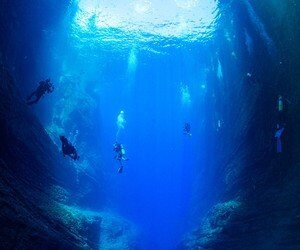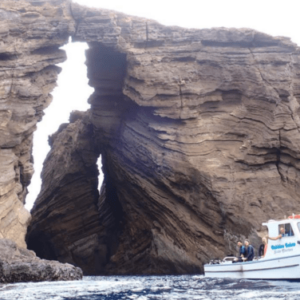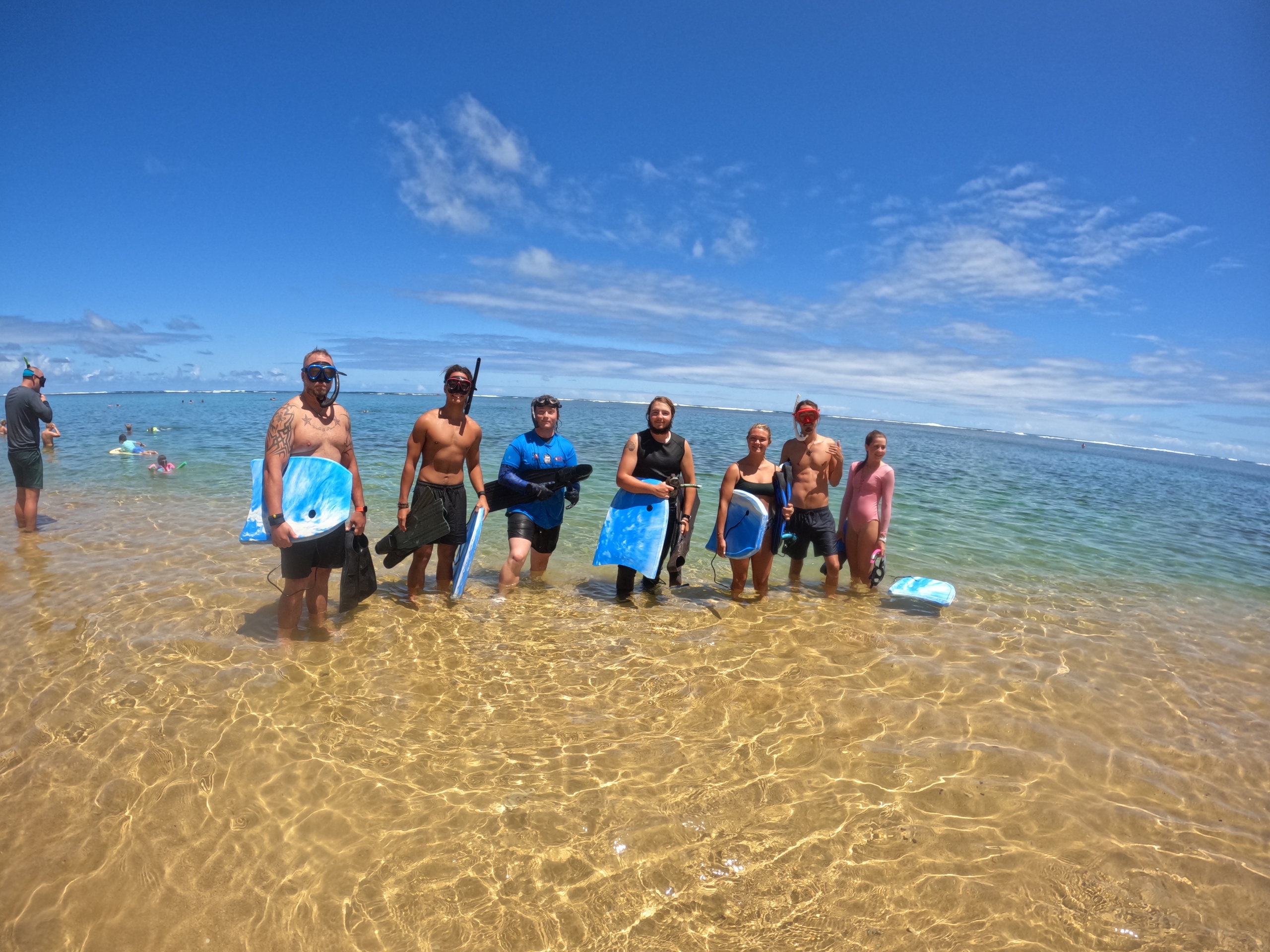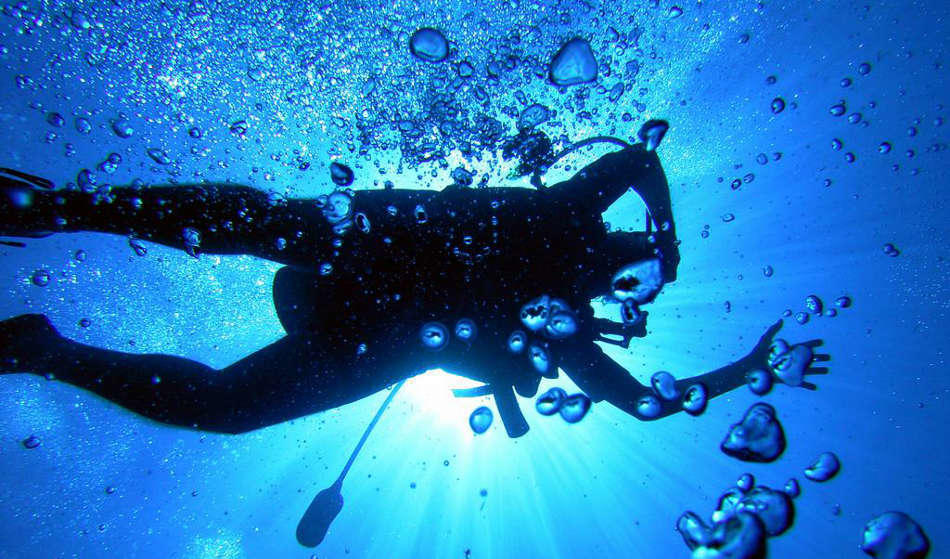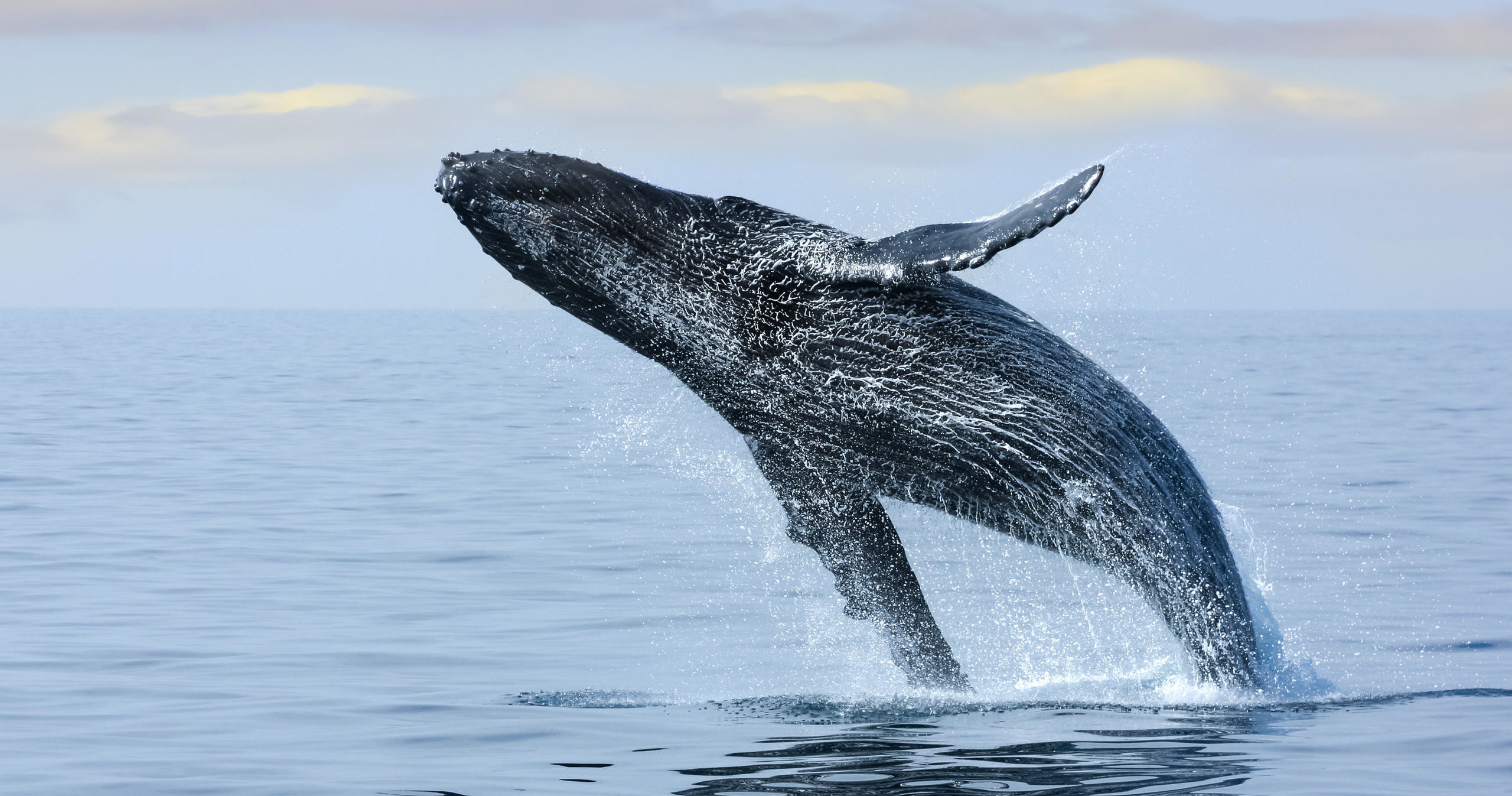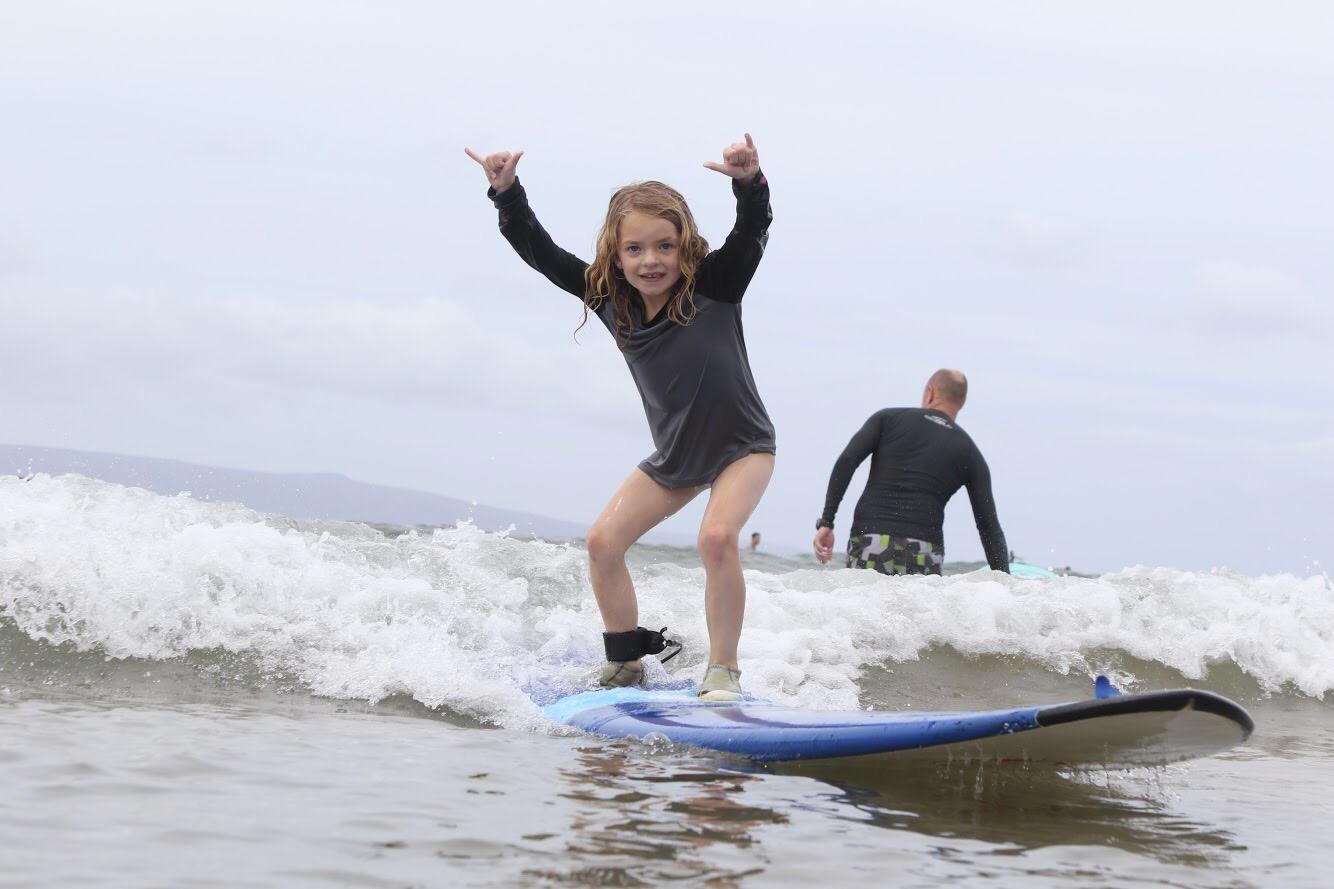EXPLORE HAWAII
THE LIFE OF THE ISLAND IS PERPETUATED IN RIGHTEOUSNESS

SCUBA DIVING IN HAWAII
Scuba diving in Hawaii offers an unparalleled experience with its crystal-clear waters, abundant marine life, and stunning coral reefs. Divers can explore vibrant underwater landscapes, including lava tubes, sea caves, and historic shipwrecks. Hawaii's diverse dive sites cater to all levels, providing unforgettable adventures for beginners and experienced divers alike.

CURRENCY

LANGUAGES

TIME ZONE

PHONE/INTERNET

LOCATION

VOLTAGE

HURRICANE SEASON

DAYLIGHT SAVINGS
GETTING THERE
Passports
There is no passport required for U.S. citizens to travel to Hawaii.
Airports
Five international airports are providing convenient access to the Hawaiian Islands. These are Daniel K. Inouye International Airport (HNL), Kona International Airport (KOA), Kahului Airport (OGG), Lihue Airport (LIH), and Hilo International Airport (ITO).
Transportation
Taxis are available at the airport and major tourist spots. Shared ride apps such as Uber are also available on the island.
DISCOVER UNIQUE THINGS TO DO IN HAWAII
BEST SCUBA DIVING IN HAWAII

Molokini Crater, Maui
Molokini Crater is a partially submerged volcanic caldera offering some of the clearest waters in Hawaii, with visibility often exceeding 150 feet. Divers can explore vibrant coral reefs teeming with colorful fish, manta rays, and even reef sharks.
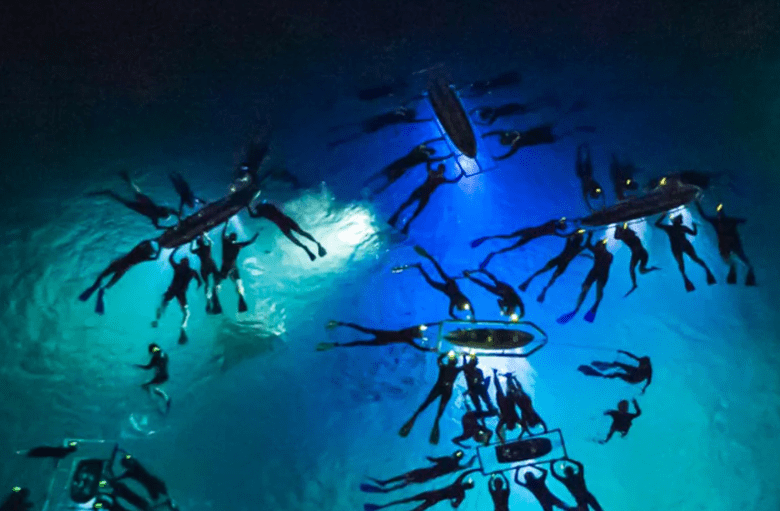
Manta Ray Night Dive, Kona
The Manta Ray Night Dive off the coast of Kona on the Big Island is world-renowned for its thrilling encounters with giant manta rays. Divers and snorkelers gather in the evening to witness these graceful creatures as they feed on plankton attracted by underwater lights.
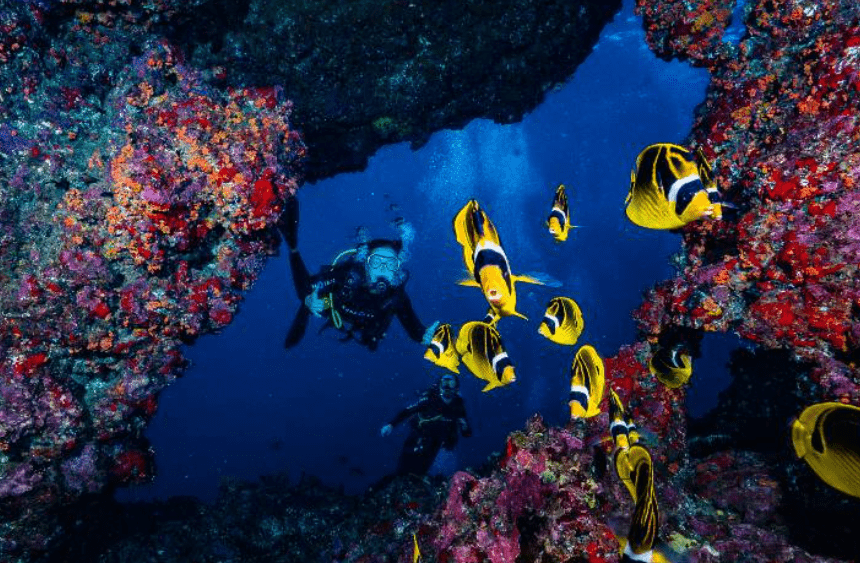
Cathedrals, Lanai
The Cathedrals are two famous dive sites off the coast of Lanai, known for their stunning underwater lava formations. The first Cathedral features a massive underwater cavern with openings that let in beams of sunlight, creating a church-like ambiance.

Turtle Canyon, Oahu
Turtle Canyon, located off the coast of Waikiki in Oahu, is a popular dive site known for its abundant sea turtle population. Divers can swim alongside these gentle creatures as they graze on algae-covered reefs.
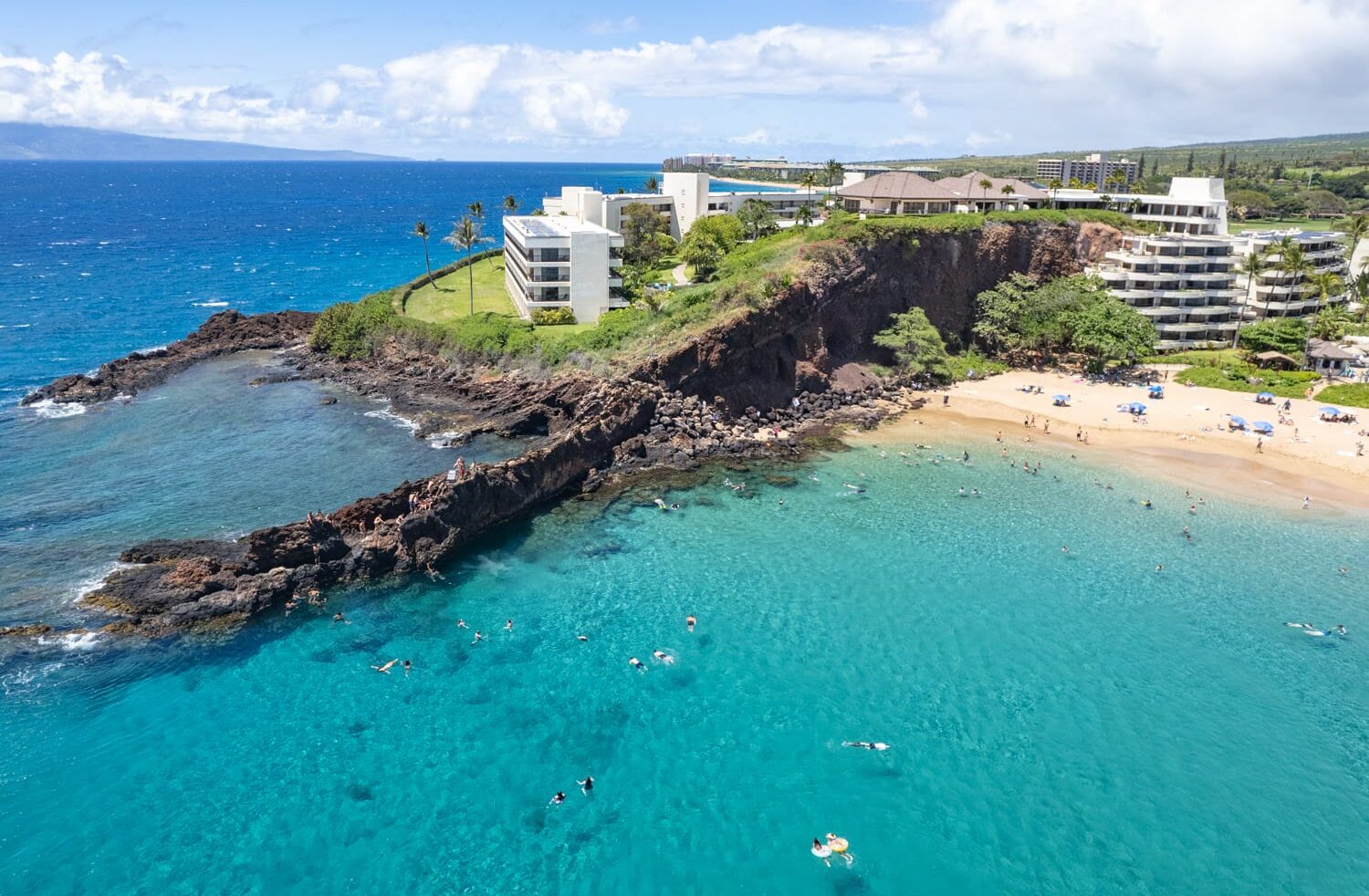
Black Rock, Maui
Black Rock, situated off Ka'anapali Beach in Maui, is a top dive site offering a mix of shallow reefs and deeper drop-offs. Divers can explore the rocky underwater landscape, home to an array of marine life including moray eels, parrotfish, and the occasional reef shark.

St. Anthony Wreck, Maui
The St. Anthony Wreck is an artificial reef created from a decommissioned fishing vessel sunk off the coast of Maui. Divers can explore the wreck, which now serves as a habitat for a variety of marine life including schools of tropical fish, eagle rays, and green sea turtles.

Honolua Bay, Maui
Honolua Bay on Maui's northwest coast is a protected marine reserve known for its crystal-clear waters and vibrant coral reefs. Divers can explore the diverse marine ecosystem, encountering schools of tropical fish, colorful coral formations, and occasionally dolphins.
Dive Conditions
Scuba diving conditions in Hawaii are typically excellent, with warm waters averaging between 75-80°F (24-27°C) and visibility often exceeding 100 feet (30 meters). The islands offer a range of dive sites with calm, clear conditions year-round, making it an ideal destination for divers of all skill levels.
WHEN TO GO
The best time of year to scuba dive in Hawaii is from May to October, when water temperatures are warmest and visibility is at its peak. During these months, the seas are generally calmer, providing optimal conditions for exploring the diverse underwater landscapes and vibrant marine life.
WHAT YOU’LL SEE
You'll encounter vibrant coral reefs teeming with colorful fish, sea turtles, and rays. You might also see unique underwater features like lava tubes and sea caves, along with occasional sightings of dolphins and humpback whales during their migration season.













